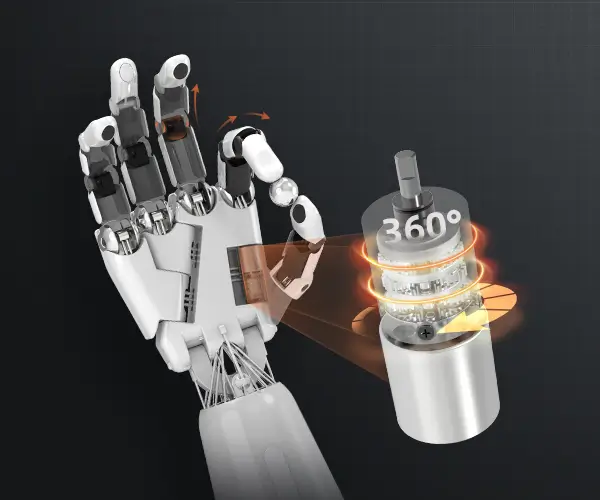part 1:
Exploring the Landscape of Servo Motor Drivers: Why Price Matters
In the world of automation, robotics, and precision machinery, servo motor drivers—or simply servo drives—are the silent heroes that translate control signals into motion, ensuring that every movement is accurate, smooth, and efficient. Whether you're designing an industrial robot, a CNC machine, or a sophisticated 3D printer, understanding the pricing landscape of these vital components can be the key to balancing budget constraints with performance requirements.

Understanding what influences the price
At first glance, servo motor driver prices can seem straightforward—some are cheap, others expensive. However, a closer look reveals a tapestry of factors that contribute to their cost, each offering insights into their quality, capabilities, and suitability for different applications.
1. Power Ratings and Voltage Compatibility Most servo drivers are rated according to the power they can handle. A 100W servo drive will generally cost less than a 2kW version. The higher the power capacity, the more rugged components, better thermal management, and advanced circuit technology are needed, driving up the price. Additionally, compatibility with various voltage levels (AC vs. DC, standard vs. industrial voltages) impacts cost.
2. Control Precision and Resolution Precision is at the core of servo systems. High-resolution encoders and sophisticated control algorithms allow for finer movement control, which in turn influences price. Premium servo drivers come with features like anti-resonance functions, dynamic braking, and integrated communication protocols, all of which add to cost but significantly enhance performance.
3. Communication Protocols and Integration Modern servo drives support myriad communication standards—EtherCAT, CANopen, Profibus, Ethernet/IP, and others. Choosing a driver compatible with your existing automation network could slightly increase costs but ensures seamless integration, better diagnostics, and easier troubleshooting.
4. Brand and Manufacturing Quality The reputation and reliability of the manufacturer also influence pricing. Well-established brands with proven durability, extensive after-sales support, and robust warranties often command premium prices but offer peace of mind and longevity.
5. Additional Features and Customization Advanced features such as programmable logic, integrated safety functions, or customizable control modes naturally increase cost. Tailored solutions for specific industrial applications will usually carry higher price tags due to bespoke engineering.
Balancing price and performance
It's tempting to go for the lowest-priced servo drivers, especially for hobbyist or small-scale projects. However, ultra-cheap options often come with trade-offs—limited control precision, reduced durability, or compromised safety features. On the flip side, premium drivers might seem costly upfront but can offer better reliability, easier troubleshooting, and lower maintenance costs over the long term.
Market Segments and Price Ranges
The servo driver market spans a broad range of prices, catering to different sectors and use cases:
Budget Range ($50 - $200) Ideal for simple applications, educational projects, or prototypes. These may lack advanced features but still provide reliable control for basic movements.
Mid-Range ($200 - $800) Suitable for most industrial applications requiring moderate precision, better build quality, and more communication options. They often include features like digital interfaces and safety functions.
High-End ($800 and above) Designed for high-precision, high-power industrial automation. These servo drivers come loaded with advanced algorithms, robust build quality, extensive customization, and integration capabilities. They are typically employed in aerospace, robotics, and high-speed manufacturing.
How to navigate the price landscape effectively
Choosing the right servo driver involves more than just comparing sticker prices. Here are practical steps to ensure a worthwhile investment:
Define your application's requirements: Power, accuracy, speed, communication needs. Balance initial cost with long-term benefits: Durability, support, energy efficiency. Assess compatibility: Ensure the driver integrates well with your existing systems. Consider future scalability: Will the driver serve your growing needs? Evaluate vendor reputation: Look for reviews, testimonials, and after-sales support.
Next, in Part 2, we'll explore detailed ways to find the best prices, where to buy, and how to spot genuine value amidst the varied market options. We'll also touch on case studies and expert tips to help you optimize your investment.
Kpower has delivered professional drive system solutions to over 500 enterprise clients globally with products covering various fields such as Smart Home Systems, Automatic Electronics, Robotics, Precision Agriculture, Drones, and Industrial Automation.




































